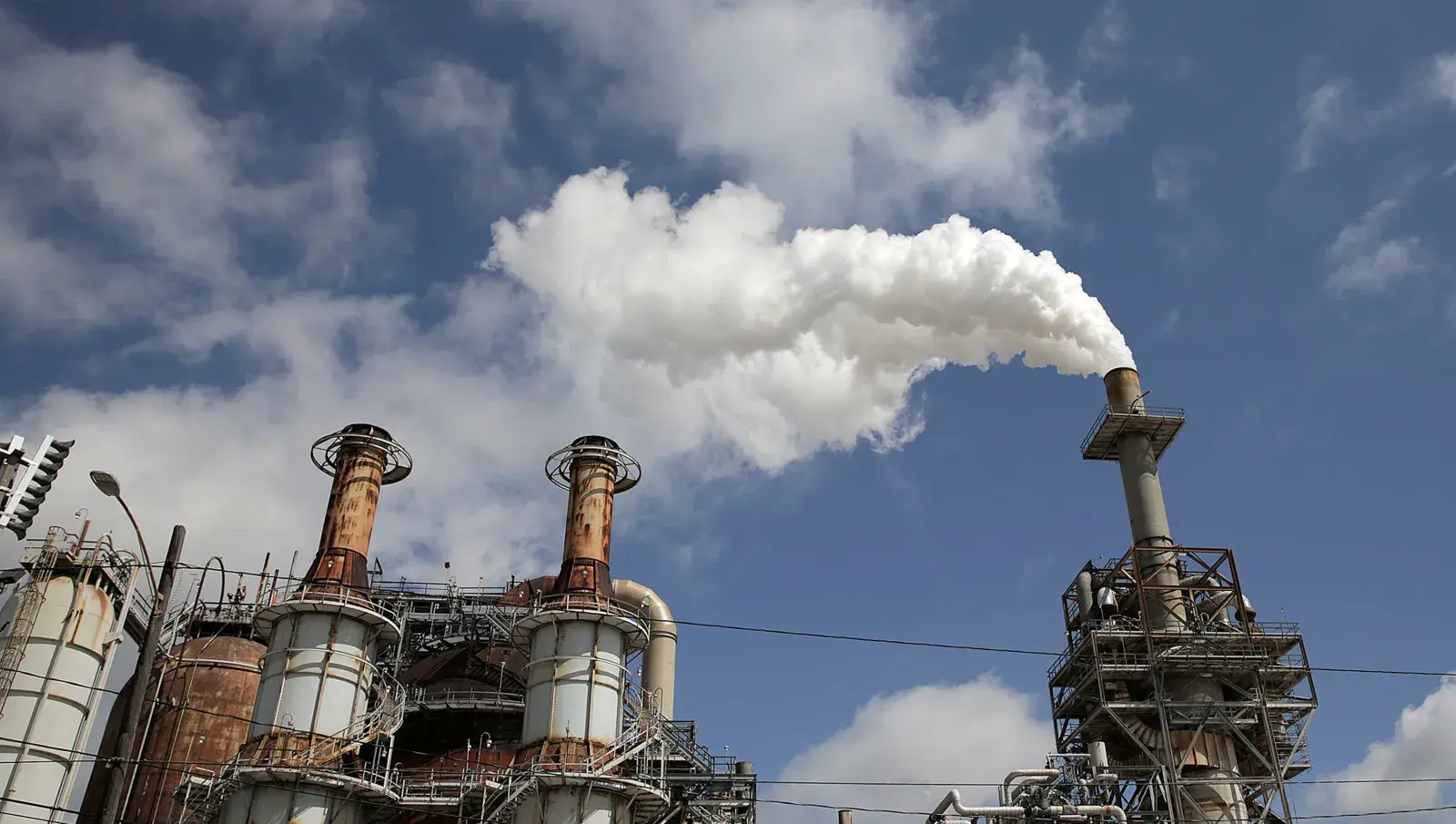By Matthew Robinson
Copyright newsweek

Millions of Americans have been urged to avoid driving on Thursday amid concerns over high air pollution levels.
The National Weather Service (NWS) has issued air quality alerts for major metropolitan areas in Texas, including Houston, Dallas-Fort Worth, San Antonio and Austin.
The warnings mean ground-level ozone and particulate concentrations are forecast to reach dangerous levels.
Why It Matters
The Texas Commission on Environmental Quality (TCEQ) warns that high levels of ground-level ozone are of particular concern because it is a “respiratory toxic agent that can cause acute respiratory health effects when people breathe high concentrations of it over several hours.”
“These effects include decreased lung function and pain with deep breaths, and aggravated asthma symptoms,” it says on its website.
Steam is released from the Valero Refinery in Houston, Texas, in 2018. (Elizabeth Conley/Houston Chronicle/AP)
What To Know
The TCEQ has issued Ozone Action Day alerts on Thursday for the Houston, Galveston, and Brazoria area; the Dallas-Fort Worth area; the San Antonio area; and the Austin area.
“Atmospheric conditions are expected to be favorable for producing high levels of ozone air pollution,” it said.
The warnings cover metropolitan areas with more than 19 million inhabitants.
The TCEQ told people in affected regions: “You can help prevent ozone pollution by sharing a ride, walking, riding a bicycle, taking your lunch to work, avoiding drive-through lanes, conserving energy, and keeping your vehicle properly tuned.”
What People Are Saying
AccuWeather meteorologist Brandon Buckingham told Newsweek previously: “Ozone is a secondary pollutant, meaning it’s not emitted directly from sources, but is formed through chemical reactions. These reactions require sunlight and higher temperatures, making warmer months more prone to ozone formation. When air is stagnant, pollutants don’t get dispersed, allowing ozone to build up to unhealthy levels.”
The TCEQ said: “Ground-level ozone is found at ground level (it is also called tropospheric ozone). It is not emitted directly into the air, but created by chemical reactions between oxides of nitrogen (NOx) and volatile organic compounds (VOCs) in the presence of sunlight. Emissions from industrial facilities and electric utilities, motor vehicle exhaust, gasoline vapors, and chemical solvents are some of the major sources of NOx and VOCs. In addition, biogenic sources (living organisms or biological processes) release VOCs that can contribute to ground-level ozone.
“Summer days in Texas can be conducive for ozone formation as high-pressure systems dominate our local weather patterns, giving us clear skies and stagnant winds. Ozone mainly forms in the highest concentrations on warm, sunny days with light wind speeds and low relative humidity which allows more of the pollutant to form and accumulate.”
What Happens Next
The warnings are currently set to remain in force in Texas throughout Thursday.
Regular updates regarding air pollution levels are issued on the NWS website and on the Environmental Protection Agency’s AirNow interactive map.



